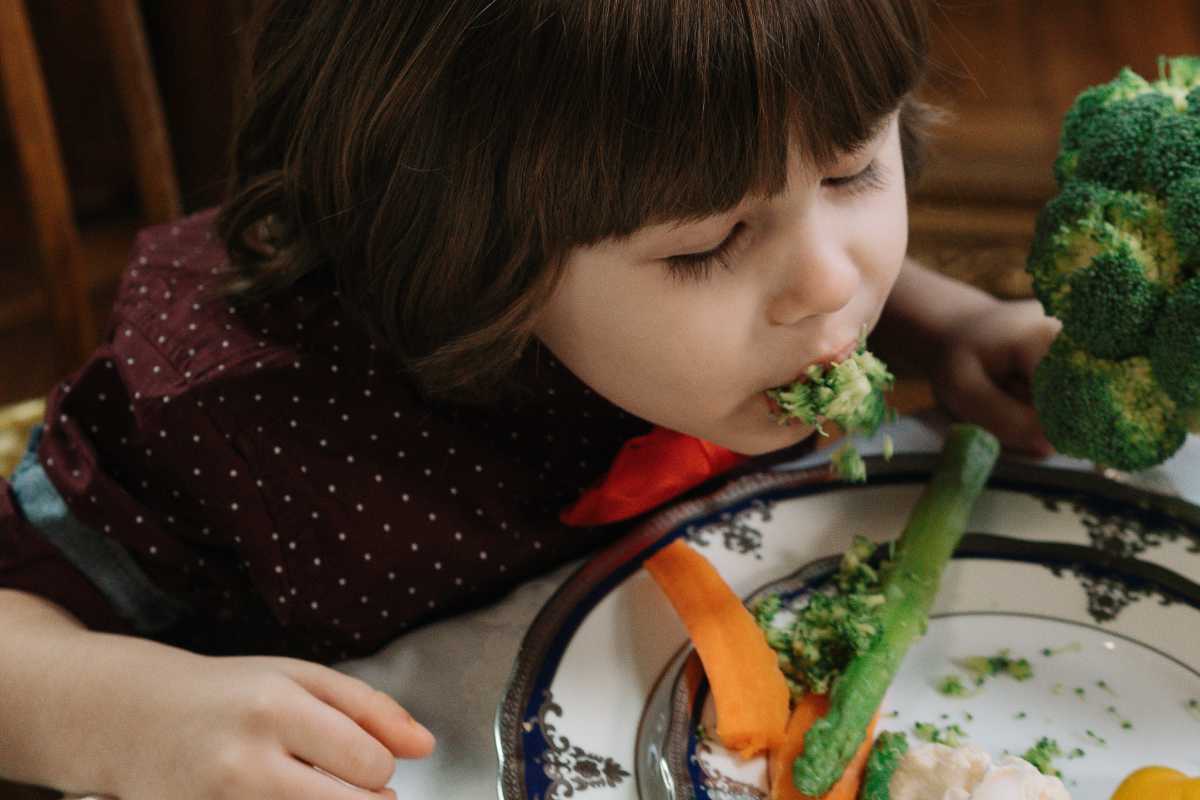
Their deep-seated aversion to the cabbage greens is caused by the bacteria that live in their mouths.
Plants are not defenseless organisms; they possess numerous defense mechanisms. So are the vegetables from the brassica-sex. Think cauliflower, broccoli and Brussels sprouts. They naturally contain a compound known as S-methyl-L-cysteine sulfoxide. “About 1 percent of the dry weight of the vegetable consists of this substance,” says researcher Damian Frank. “When the plant tissue is broken, an enzyme in the plant can break down this substance very quickly, releasing, among other things, a smelly, sulphur-containing volatile substance. This is how the plant defends itself.”
Adults
Previous research has shown that some adults have oral bacteria that produce the same S-methyl-L-cysteine sulfoxide-degrading enzyme. And when they take vegetables from the brassicasex, this enzyme will break down the richly present S-methyl-L-cysteine sulfoxides in the cabbage vegetable. “And that leads to the build-up of a lot of smelly sulfur-containing volatiles in the mouth.” It may help explain why some adults need little of these vegetables.
Differ
In addition, research has also shown that the amount of S-methyl-L-cysteine sulfoxide-degrading enzymes in the saliva differs from adult to adult. But it was unclear whether children also have varying amounts of this enzyme and to what extent these differences influence their food preferences.
New insights
The new research by Frank and colleagues is changing that. in the sheet Journal of Agricultural and Food Chemistry the researchers describe experiments showing that one child has more S-methyl-L-cysteine sulfoxide-degrading enzymes than another. In addition, it appears that children who possessed many of these enzymes also had a greater dislike of Brussels sprouts, cauliflower and other brassica-crops.
The research
The researchers collected 98 children between the ages of 6 and 8 for their study. Their parents also took part in the study. The subjects were presented with several substances and had to assess their smell. Dimethyltrisulfide, a substance that smells sulphurous, was pointed out by the parents and children as the substance with the most disgusting smell. All subjects then gave up some saliva. That saliva was mixed with raw cauliflower powder, after which the researchers looked at which volatile substances were released due to the interaction between the cauliflower powder and (enzymes in) the saliva. There appeared to be large differences between the amount of sulfur-like substances that came out of the culture trays filled with saliva from different test subjects. And the researchers were soon able to conclude that the saliva of children also contains varying amounts of S-methyl-L-cysteine sulfoxide-degrading enzymes. And after some inquiring about food preferences, children whose saliva produced the most sulphurous substances when interacting with cauliflower powder also appeared to dislike the most. brassica-vegetables. Their food preferences therefore seem to be partly determined by their oral microbiome, i.e. the bacteria that live in their mouths.
Parents and children
But the research yields another interesting conclusion. While the extent to which saliva produced sulfur-like volatiles after interaction with cauliflower powder could vary widely from person to person, children’s saliva often turned out to generate almost as many odorous substances as that of their parents. According to the researchers, this can be explained by the fact that they have approximately the same oral microbiome. “We know that children’s native microbiomes are very similar to their mother’s,” Frank said. “After that, the environment will change and further shape that microbiome.” Factors such as place of residence, diet, possible use of antibiotics and whether or not someone has pets, for example, play a role. “It means that people who live together also often have to deal with the same microbes and that their microbiomes are also often very similar.”
There is hope
And so that shared microbiome means that some kids are more or less doomed to hate Brussels sprouts. But there is hope. Because while the children whose saliva produced the most sulphurous substances after interaction with the cauliflower powder also turned out to dislike cauliflower the most, this did not apply to adults. It suggests that over time they have learned to understand the response that the brassica-to induce, tolerate vegetables in the mouth. “Repeated exposure can change people’s attitudes toward vegetables,” Frank says. It is a small bright spot for all those parents who have difficulty getting their children to cauliflower and broccoli. “Parents should persevere,” says Frank. In addition, some creativity in the kitchen can also help. “Depending on the way in which you brassicavegetables, you can mask the reaction a bit.”
The study presents a number of interesting and important new insights. “In most countries people eat too few vegetables,” says Frank. “brassica-vegetables in particular are really good for us, so anything that can lead to kids (and adults) eating more of them is worth it.” At the same time, there is still much to discover. “I think it’s great that microbes in the mouth can influence our taste and perception and possibly also the extent to which we like food. We don’t know much about it yet, but the effect certainly exists and is worth further investigation.”
Source material:
“Children’s dislike of cauliflower, broccoli could be written in their microbiome” – American Chemical Society
Interview with Damian Frank
Image at the top of this article: cottonbro via Pexels